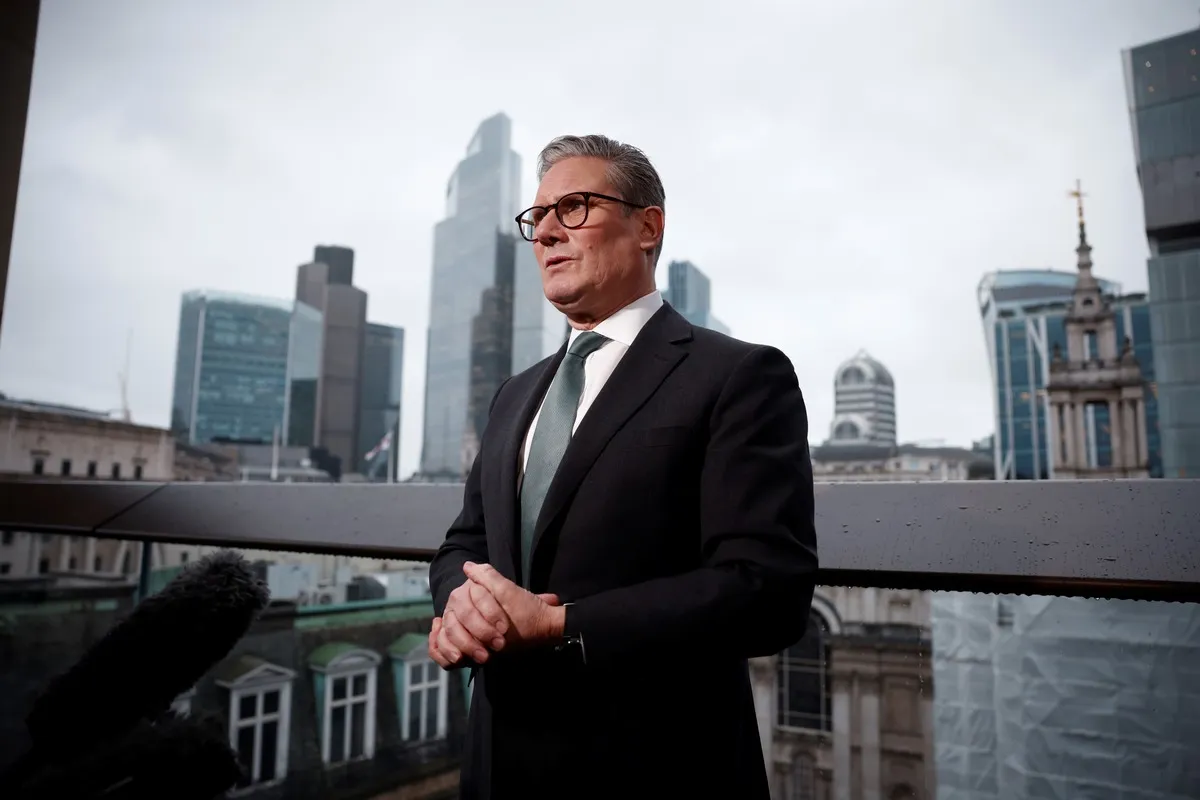By Sarah Rozenthuler
Copyright observer

When the world of work turned upside down in 2020, we quickly adapted to Zoom calls, Slack threads and digital whiteboards. At first, this newfound flexibility felt liberating. But as we settle into a long-term hybrid reality, cracks are appearing. Misunderstandings multiply, trust frays and decisions stall when colleagues aren’t physically together.
As a coaching psychologist working with leaders and teams across industries, the strain that hybrid structures place on communication has become clear. The result? Difficult conversations are delayed or avoided altogether, leading to unresolved tensions and declining performance. In an era when clarity and connection have never been more critical, leaders must become intentional architects of dialogue—whether in person or online.
The cost of miscommunication
Communication breakdowns in hybrid work aren’t just inconvenient; they’re costly. Research from Google’s Project Aristotle found that psychological safety—the belief that you won’t be punished for speaking up—is the single most important factor driving team performance. But building this safety is harder when we miss nonverbal cues, watercooler conversations, random ‘collisions’ in the corridor and informal check-ins that happen naturally in the office.
Digital misfires abound: terse Slack messages are interpreted as criticism, important decisions get buried in email threads and hybrid meetings privilege those in the room, leaving remote colleagues as passive observers or feeling they belong to the ‘B’ team. Asynchronous collaboration—working toward a shared goal without being present at the same time—is powerful when done well but all too often becomes a dumping ground for half-formed thoughts and passive-aggressive comments. When real-time meetings are replaced by fragmented inputs across tools, the risk of duplication and misunderstanding increases, and mistakes fall through the cracks.
These frictions create a culture of avoidance. Leaders often hesitate to address performance concerns over video for fear of making matters worse. Team members bottle up frustrations until they explode in conflict. When colleagues are dispersed across time zones—one energized in the middle of their day and another foggy at dawn—it’s no surprise that people veer away from discussing what really matters. The result is a slow erosion of trust that saps collective energy.
Technology alone won’t save us
The workplace is also in the midst of a technological revolution. As recently reported by Andrew Hill in the Financial Times, A.I. is transforming HR and other corporate functions, automating everything from recruitment to routine employee queries. While these tools offer efficiency, they can also dehumanize communication at precisely the moment when human connection is most needed.
As one HR leader told Hill, the real risk is that “the core of important corporate activities… will be delegated prematurely to administrative automata.” This is as true for conversations as it is for compliance: if we let chatbots and workflow tools mediate all interactions, we risk hollowing out the heart of organizational life.
What’s more, A.I. doesn’t (yet) excel at nuance. It cannot detect the subtle emotion behind a hesitant “I’m fine,” or notice the silence that follows a contentious proposal. It cannot detect what David Kantor calls “courteous compliance” in his book Reading the Room—when a leader thinks they have agreement but covert opposition festers outside the meeting room, unravelling decisions. Difficult conversations require empathy, curiosity and courage—all profoundly human capacities.
What effective leaders are doing
So what does good look like? The strongest leaders are not simply replicating the old ways of working online; they are redesigning communication for a hybrid era.
Making the invisible visible. Leaders are becoming explicit about what used to be tacit: the purpose of a meeting, decision-making processes, expectations for response times and norms for hybrid meetings. Some teams use digital whiteboards to track open tensions or “decision logs” to capture what was agreed and why. This transparency helps avoid the “did that get decided in the office?” problem that erodes trust.
Investing in asynchronous skill-building. Asynchronous collaboration isn’t just sending documents around; it’s a discipline. Effective leaders teach their teams to write with clarity and context, use structured templates for feedback and summarize threads so decisions don’t disappear into the digital ether.
Creating psychological safety on purpose. In hybrid meetings, leaders go out of their way to invite input from remote participants first, pause to let contributions land and explicitly thank people for speaking up, especially when they challenge the consensus. These micro-behaviours dramatically increase the likelihood that others will share dissenting views, improving the quality of decisions.
Not shying away from the tough talk. Effective leaders schedule difficult conversations sooner rather than later, and they often choose video over text. While it can feel braver to have these conversations face-to-face, a well-prepared virtual conversation can still be effective. What matters most is bringing empathy and clarity to the exchange.
Rehumanizing work
Hybrid work is here to stay. But if we want it to work, we need to rehumanize it. That means carving out space—physical or virtual—for the conversations that matter most. It means resisting the temptation to outsource emotional labor to technology. And it means leaders modelling vulnerability by admitting when they don’t have all the answers, asking for help when they need it and staying present when the discomfort of tension arises.
As Professors Paula Brough and Gail Kinman reported in The Psychologist, many workers have “re-valued their goals” after experiencing a different life during the pandemic. People want purpose, connection and dignity at work. Leaders who invest in building these will not only reduce conflict but also unlock the creativity and commitment their organizations need to thrive.
A call to action
Hybrid work is not the enemy of human connection, but it does demand a new level of intentionality. The leaders who will succeed in this era are those who see communication as a strategic lever, not as an afterthought. These leaders are proactive in creating a cadence of meetings that ‘knit’ a team together and are thoughtful about what needs to be discussed when and by whom.
Before sending that Slack message, scheduling that next meeting or rolling out that new A.I. tool, leaders should pause and ask:
Does this bring us closer together or push us further apart?
Have I created the conditions for people to speak honestly and be heard?
Am I modelling the clarity and courage I want to see in my team?
In a hybrid world, difficult conversations are not a risk to be minimised—they are the bridge to the trust, alignment and shared meaning that organizations need. Leaders who dare to have them, and dare to have them well, will build workplaces where people don’t just get by—they thrive.
Sarah Rozenthuler is the author of Now We’re Talking: How to discuss what really matters, which was shortlisted for a Business Book Award.



